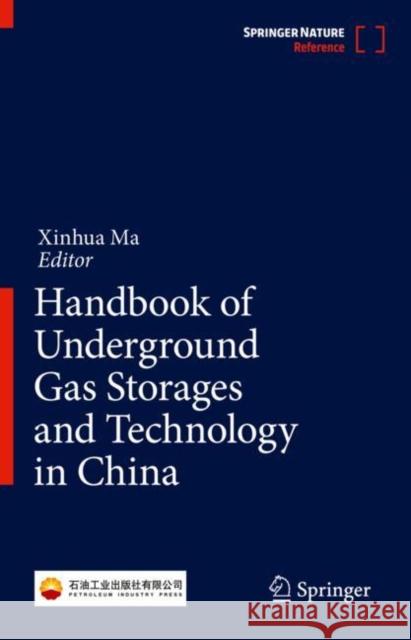Handbook of Underground Gas Storages and Technology in China » książka
topmenu
Handbook of Underground Gas Storages and Technology in China
ISBN-13: 9789813347335 / Angielski / Twarda / 2021 / 1213 str.
Kategorie:
Kategorie BISAC:
Wydawca:
Springer
Język:
Angielski
ISBN-13:
9789813347335
Rok wydania:
2021
Wydanie:
2022
Ilość stron:
1213
Waga:
2.66 kg
Wymiary:
24.13 x 20.32 x 7.11
Oprawa:
Twarda
Wolumenów:
02











